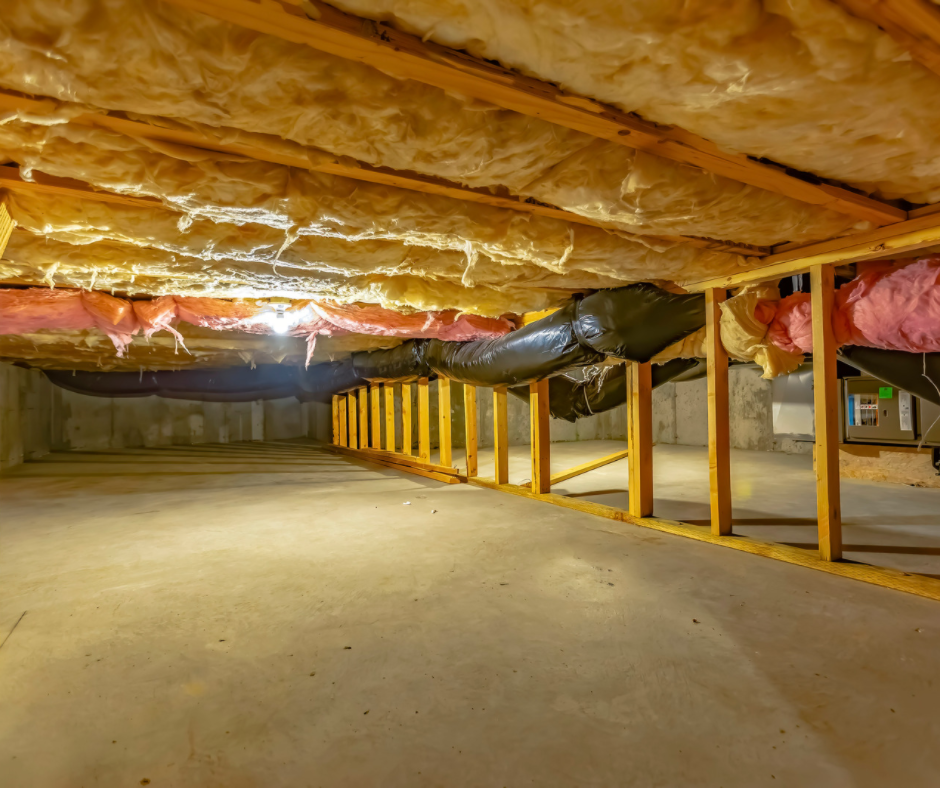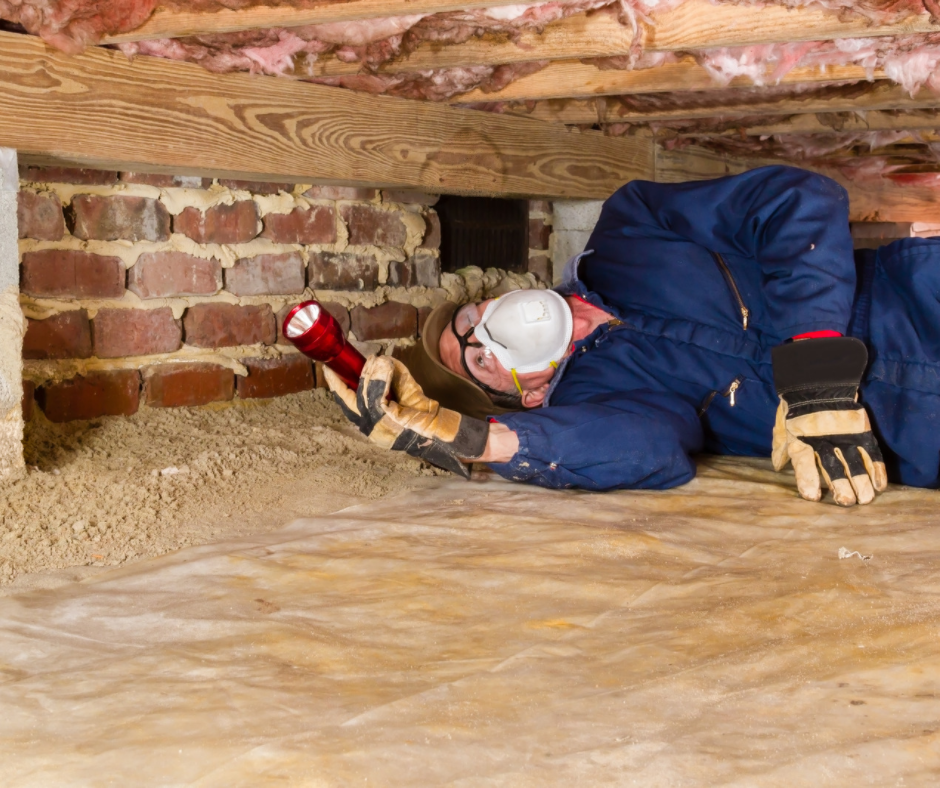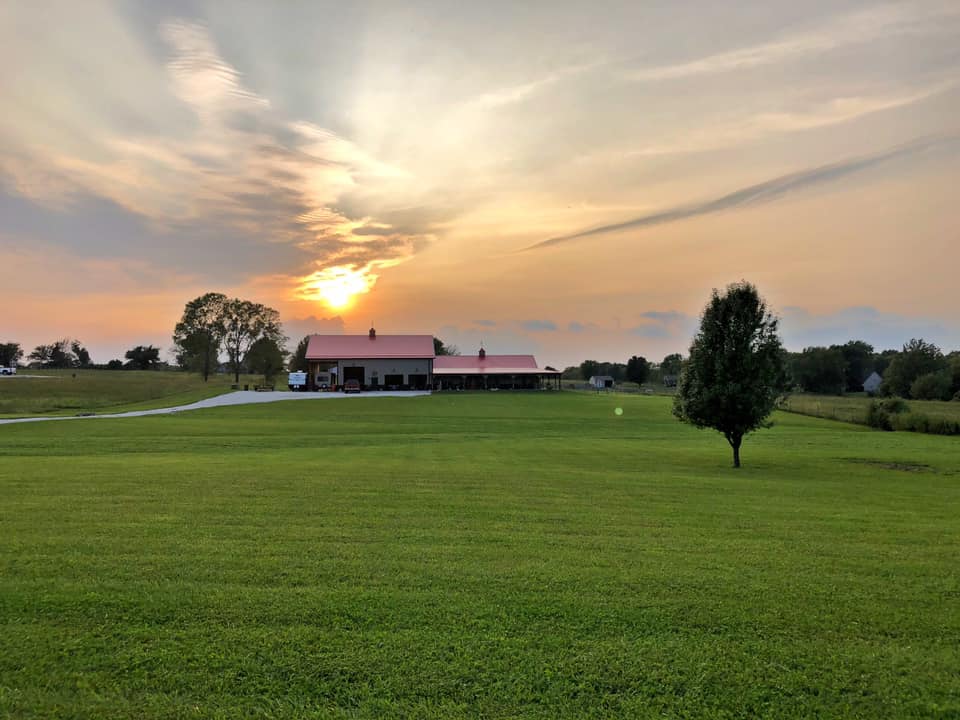
Barndominiums are often built on top of slab foundations. The frame is anchored to the foundation, which provides a stable base for the metal structure.
Yet, a slab foundation is not your only option. Can a barndominium have a crawl space?
You can build a barndominium on top of a crawl space and other types of basement foundations.
A crawl space is a short area between the ground and the bottom floor of the home. The crawl space may be built below ground, allowing the bottom of the home remains at ground level. Crawl spaces can also be built on flat land, which raises the height of the bottom floor of the property.
Most crawl spaces are about two to three feet tall, providing just enough room for someone to crawl inside. The interior of the crawl space is typically used to hide ductwork, electrical wiring, and plumbing.
A crawl space offers several advantages but may not be the best option for every barndominium. Before finalizing your construction plans, learn a little more about crawl spaces.

Advantages of a Crawl Space for a Barndominium
Now that we know the answer to the question ‘can a barndominium have a crawl space?’, let’s dig more into the benefits any type of living space can have with it.
Crawl spaces are typically built when a full basement is not an option or is too expensive. However, they also provide several advantages over a slab foundation:
- Easier access
- More insulation
- Easier to remodel
A crawl space may also offer storage space if you complete a few additional steps. You need to ensure that humidity is not a problem, which often involves encapsulating the crawl space. You may also want to finish the flooring to keep stored items from resting on concrete.

Easier Access to Plumbing and Electrical Work

More convenient access to the mechanical components of the home is one of the main advantages of a crawl space. With a slab foundation, the main plumbing lines are built into the cement slab.
Ductwork and electrical wires may also run through cavities built into the foundation. Additional plumbing and electrical work run through the wall cavities.
With a crawl space, the plumbing, ductwork, and electrical wiring are easily accessible. Electricians, plumbers, and HVAC technicians can crawl under your barndominium instead of cutting into walls and cement slabs.
Insulated Flooring for Better Heating and Cooling

A crawl space alone is less energy efficient compared to a slab foundation. Cool, damp air from the crawl space basement may limit the transfer of heat around the ground floor. However, you can also add insulation.
Insulating the floor joists and walls of the crawl space improves the heating and cooling properties of the barndominium. The insulated flooring helps keep the barndominium warm during colder temperatures.
Remodeling May Involve Less Work
Providing access to plumbing, electrical wiring, and ductwork makes it easier to remodel areas of your barndominium. For example, if you want to add a bathroom or expand the kitchen, you can easily reach the plumbing underneath the home.
When you build a slab foundation, the plumbing and air ducts are typically encased in the cement slab. Rerouting the plumbing or ducts may involve breaking up part of the foundation.
Drawbacks of a Crawl Space for a Barndominium
Adding a crawl space creates a few potential issues, including:
- Costs more to build
- More maintenance
- Risk of structural issues
Crawl spaces cost more compared to slab foundations. A slab foundation costs about $4 per square foot. Crawl spaces cost about $7 per square foot.
Properly set slab foundations rarely require maintenance. Crawl spaces are more likely to experience shifting and cracking over time, which reduces the structural integrity of the foundation.
To protect the crawl space, you need to ensure that the soil around the foundation effectively drains water away from the property. You also need to monitor humidity levels, as excess humidity increases the risk of foundation damage.
Slab Foundation Versus Crawl Space – Which Should You Choose?

Having answered ‘can a barndominium have a crawl space?’ let’s check how it compares with the slab foundation, the most common type of foundation for barndominiums.
Crawl spaces offer many advantages for any type of home, including a barndominium. You gain access to plumbing and electrical work and do not need to dig up the foundation to complete major home renovations. However, you should also consider the climate and landscape where you plan on building your barndominium.
Crawl spaces are better suited for sloped lots and cold regions. Building a slab foundation on a sloped lot involves more work. You need to excavate additional land to keep a portion of the barndominium from sitting below ground.
Slab foundations are also more prone to shifting and cracking in cold climates. Slab foundations typically have shorter footings compared to crawl spaces. If the footings do not extend below frost level, the foundation becomes cold. The cold temperatures cause the foundation to expand, which increases the risk of cracks developing.
Summary: Can a Barndominium Have a Crawl Space?
Although it can increase the cost of your barndominium, you can build a barndominium on a crawl space. Crawl spaces cost more to construct and require the expertise of a professional builder. Yet, they also provide space for accessing mechanical and electrical components. A crawl space may also work better in cold regions and on lots with sloped land.
Check out floor plans that will suit your taste, or you can create your own plan with a barndominium design software. It is also very important to include barndominium financing and insurance when planning to build your barndominium.

